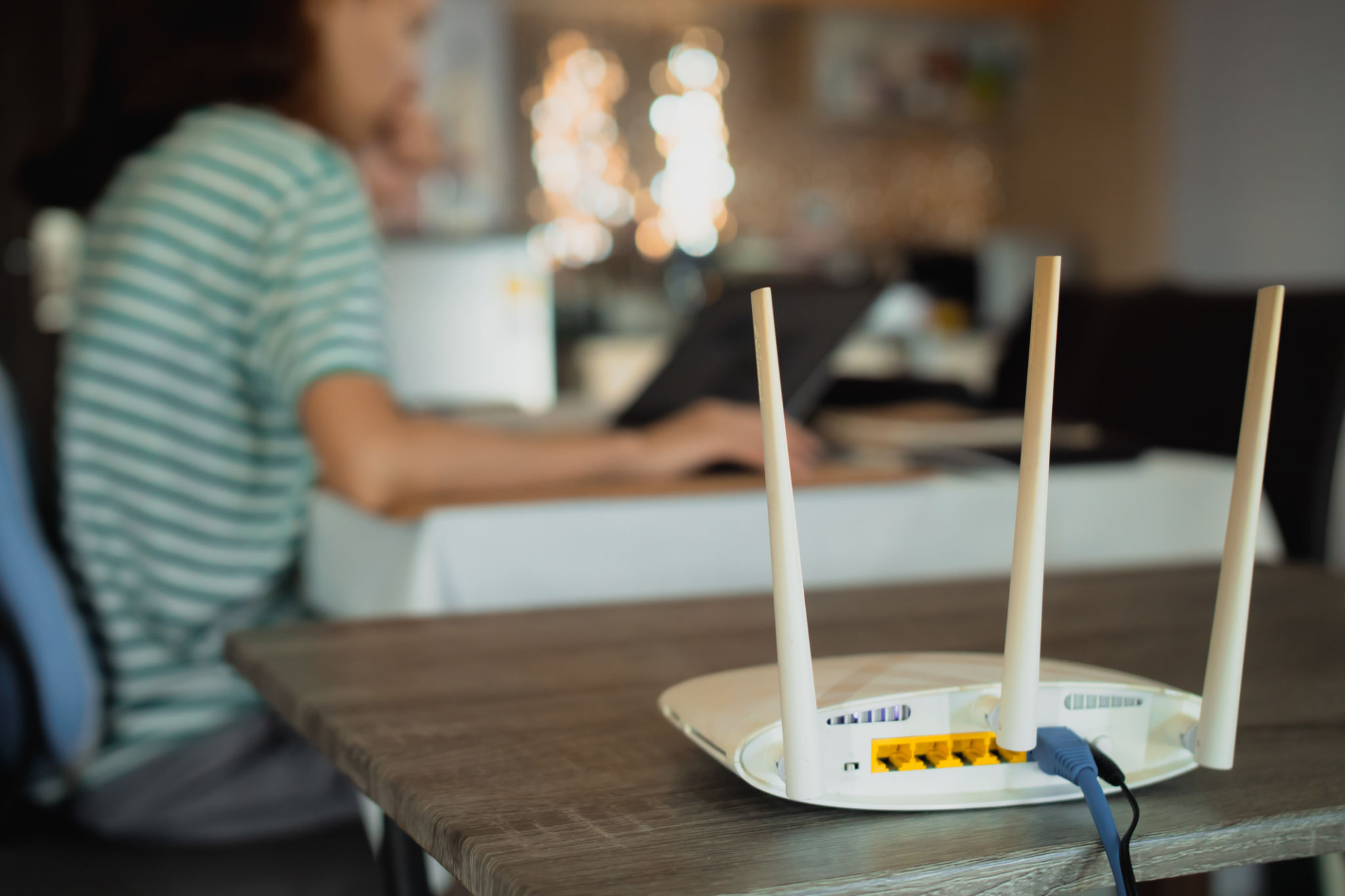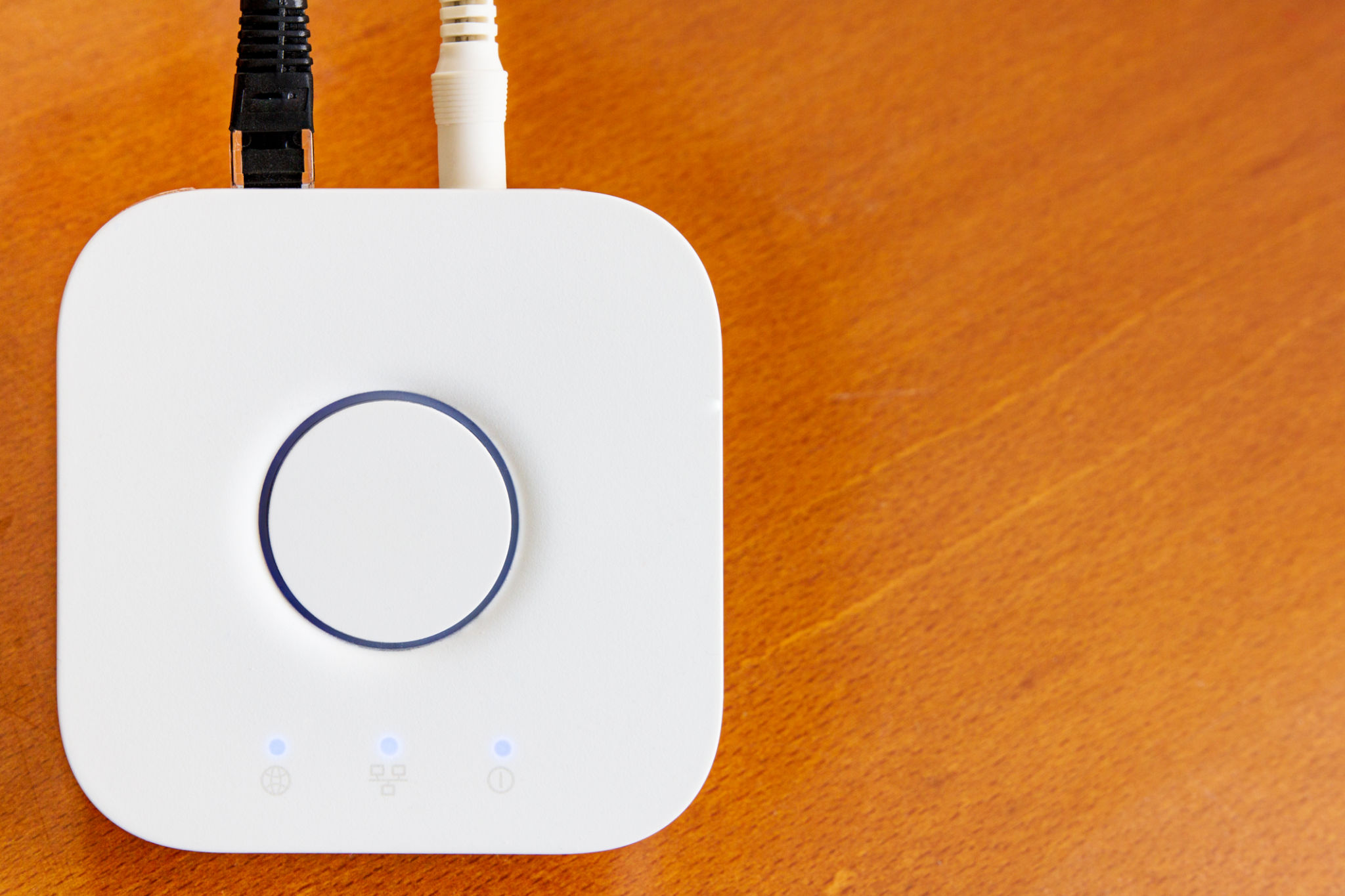A Beginner's Guide to Setting Up a Smart Home Network in Surrey
GB
Understanding the Basics of a Smart Home Network
Setting up a smart home network can seem daunting, especially if you're new to the world of smart technology. However, with the right guidance, you can transform your Surrey home into a modern, connected haven. A smart home network allows you to control various devices, such as lights, thermostats, and security systems, all from your smartphone or voice assistant. Let's dive into the basics of setting up your very own smart home network.

Choosing the Right Internet Plan
The foundation of any smart home network is a reliable internet connection. In Surrey, there are several internet service providers (ISPs) to choose from, each offering different plans. When selecting an ISP, consider the number of devices you plan to connect and the internet speed required. A high-speed broadband connection is essential to ensure seamless operation of your smart devices.
Investing in a Quality Router
Your router is the heart of your smart home network. It distributes internet connectivity to all your devices. When choosing a router, look for one that supports the latest Wi-Fi standards, such as Wi-Fi 6. This ensures faster speeds and better performance, especially if you have multiple devices connected at once. Additionally, consider a router with strong security features to protect your network from potential threats.

Selecting Smart Devices
Once your internet and router are set up, it's time to choose the smart devices you want to integrate into your home. Popular options include smart lights, thermostats, security cameras, and voice assistants like Amazon Echo or Google Home. When selecting devices, ensure they are compatible with your network and each other. Many manufacturers offer ecosystems of products that work seamlessly together.
Setting Up a Smart Hub
A smart hub acts as the central point of control for your devices. While some devices can operate independently, a hub allows for more complex automation and integration. Popular smart hubs include Samsung SmartThings and Apple HomeKit. Setting up a hub involves connecting it to your router and configuring it to recognise and control your devices.

Configuring and Automating Your Devices
With your devices and hub in place, the next step is configuration. Most devices come with user-friendly apps that guide you through the setup process. Once set up, you can automate tasks to enhance convenience and efficiency. For example, schedule your lights to turn on at sunset or set your thermostat to adjust based on your daily routine. Automation not only saves time but can also lead to energy savings.
Ensuring Network Security
As you connect more devices to your network, it's crucial to prioritise security. Use strong, unique passwords for your Wi-Fi and smart devices. Enable two-factor authentication wherever possible. Regularly update your devices' firmware to protect against vulnerabilities. Consider investing in a network security solution to monitor and manage potential threats.
Expanding Your Network
As your smart home grows, you may need to expand your network to maintain performance. Consider adding Wi-Fi extenders or mesh network systems to eliminate dead zones and ensure consistent coverage throughout your home. This is especially important in larger homes or those with thick walls that can interfere with signal strength.

By following these steps, you can successfully set up a smart home network in Surrey that meets your needs and enhances your lifestyle. With careful planning and the right equipment, you'll enjoy the convenience and efficiency that smart technology brings to your everyday life.